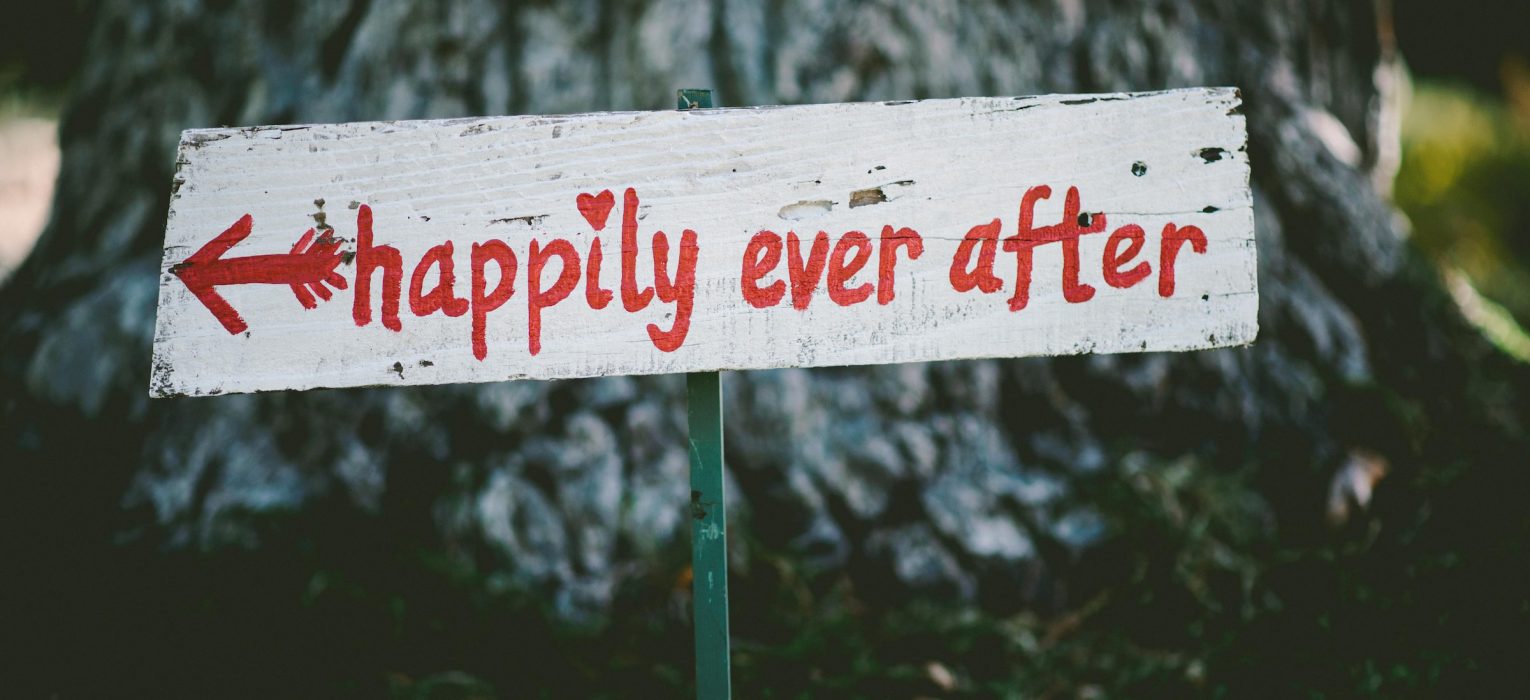To help prevent abuse, writers and publishers have a responsibility to stop normalizing stories about unhealthy romance.
Well-known books and films often promote and perpetuate unhealthy romance. One of the culprits of abuse promotion is the tremendously popular “virgin-beast trope,” where a partner—usually a woman—endures an unbalanced, unhealthy relationship and ultimately decides to stay with the abuser. Tropes like this warp expectations of what real-life romance should look like. Writers and publishers need to stop normalizing unhealthy romance and should instead promote stories that portray healthy relationships or that strengthen people’s resolve to leave abusive situations.
THE RESEARCH
In an article about the dangers of the virgin-beast trope, professors Megan K. Maas and Amy E. Bonomi (2021) qualitatively analyze the relationships in three of the most popular romantic stories of all time: Beauty and the Beast (specifically, the 1991 Disney film), Twilight, and Fifty Shades of Grey. Using Bonomi’s Abuse Litmus Test, they ask three questions about each story:
1. “Do the partners share equal power?”
2. “Is power used by one partner to control the other?”
3. “Is harm suffered?” (515–6)
For example, in each of the analyzed stories, none of the partners share equal power, and one partner often controls the other. The Beast, Edward Cullen, and Christian Gray hold most of the physical, social, and financial power. They use it to intimidate their partners, control their clothes, meals, and vehicles, and demand that they isolate themselves from friends and family. These men also make grand romantic gestures—such as the Beast giving Belle a library—just to persuade their partners to stay. After all this abuse, if Belle, Bella, and Anastasia had ended their relationships with these men, perhaps fewer girls and women would be conditioned into pursuing unbalanced power dynamics and valuing grand romantic gestures designed to keep them from leaving their abusers.
“Offer and promote stories that…portray healthy relationships where romantic partners share equal power and control.”
Maas and Bonomi (2021)
THE IMPLICATIONS
Maas and Bonomi point out that healthy relationships may be considered boring compared to abusive relationships and thus won’t be as appealing to readers. The necessary task, then, is to portray relationships that have sexual and/or romantic appeal but avoid imbalance and abuse. Thankfully, books and films are portraying healthy romances more often, but there still isn’t enough fiction counteracting the popularized abuse tropes.
Maas and Bonomi state that “decision-makers,” such as writers and publishers, “should offer and promote stories that…portray healthy relationships where romantic partners share equal power and control.” When harmful tropes are not prevalent, young readers have more room to study and emulate healthy romantic relationships and to identify what types of relationships they should walk away from. When romances like Beauty and the Beast, Twilight, and Fifty Shades of Grey are published less frequently, fewer people will be brainwashed into tolerating and submitting to abuse.
To learn more about abuse and the virgin-beast trope in popular fiction, read the full article:
Maas, Megan K., and Amy E. Bonomi. 2021. “Love Hurts?: Identifying Abuse in the Virgin-Beast Trope of Popular Romantic Fiction.” Journal of Family Violence 36 (4): 511–22. doi:10.1007/s10896-020-00206-9.
—Suzanne Uchytil, Editing Research
FEATURE IMAGE BY BEN ROSETT
Find more research
Read Lucía Gastón-Lorente and Beatriz Gómez-Baceiredo’s (2022) article to discover more about how to identify and prevent different types of abuse through fiction and journalism: “Fiction as an Ally to Make Journalism More Believable: Rape, Trauma and Secondary Victimization in the Netflix Miniseries ‘Unbelievable’.” Feminist Media Studies, June, 1–19. doi:10.1080/14680777.2022.2084633.
Take a look at Heather Brown’s (2018) article to learn more about the “less visible” elements of relationship abuse: “Fictional Power and Control and the Reality of Abusive Behaviour.” Journal of Gender Studies 27 (4): 401–10. doi:10.1080/09589236.2016.1223611.





Abby Haralson
This is so interesting! I’ve never thought about this idea explicitly but after reading this article, I can see it a lot more in the fiction I’ve read. I understand the idea that two characters with a healthy relationship aren’t as interesting for readers, but it is important to find a balance. Great article Suzanne!
Stacey Clark
This is a really cool and important topic. People’s ideas of romance can get so messed up by reading unbalanced, controlling, or harmful messages without even realizing it, and that can be dangerous. There’s a big power behind the words and stories we tell. This article tells us how bad of an impact it can have; I have to wonder how much a positive story of romance can have.
Eliza
I had heard of the Litmus Test before, but I had no idea what the rules were! It was interesting to realize that so many fictional relationships really don’t pass it.